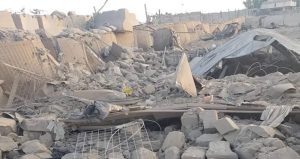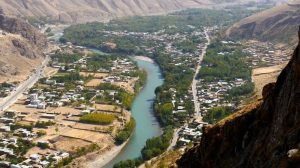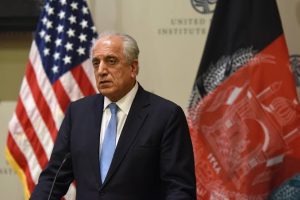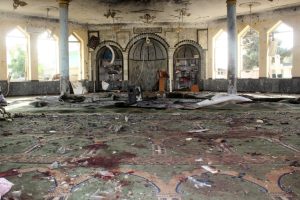Saudi’s Deep Worry over Yemen’s Revolution: Reasons and Scenarios

KABUL: (Middle East Press) Persian Gulf Cooperation Council (PGCC) states expressed “deep worry” over the Yemen’s revolution. Interior ministers of PGCC held an emergency meeting in Jeddah on 1 October.
They discussed developments in the Yemen’s capital Sana’a and other parts of the country. They described Yemen’s recent events as “regrettable”.
But Why PGCC is against Yemeni people’s revolution? Before answering this question, it is noteworthy that PGCC was under Saudi’s domination from its very beginning. Indeed this council has been an apparatus for al-Saud to imply its policies. Now, this council is also at the service of Saudi regime, i.e. America.
On Yemen’s events, Saudi and its ally are also the main players and PGCC is a framework under which they follow their interests. Saudi has always sought to deepen its influence in Yemen, particularly after the fall of Mutawakkilite Kingdom in 1962. Since creation of the Yemen Arab Republic, Saudi king’s opinion has been key to election of presidents. Presidents who tried to be independent were killed in a suspicious manner.
Ali Abdullah Saleh was one of the Saudi regime’s stooges how was at their service. Yemen’s first revolution led to his ouster in 2011. Nevertheless, Saudi and America deviated Yemenis revolution and appointed Saleh’s deputy instead of him. Head of the system was changed but body of Yemen’s political structure remained intact. New president, Abd Rabbuh Mansur, has followed his predecessor’s way in serving interests of Saudi and America.
Although there is a sever difference between Saudi and Qatar in PGCC, there is no consent between them on the Yemen’s events.
Why Yemen is so important for Saudi and America? Some
- A) Saudi and Yemen share more than 1400 km common border. Yemen’s Al-Qaida has been always seeking to overthrow al-Saud’s dictatorship. So it is very important for Saudi to have Yemen’s army and intelligent service under its control.
- B) Shiites make up 41 percent of Yemen population. Saudi Wahhabi regime, an extremist Sunni sect, has been always an arch-foe of Shiite; therefore it feels insecure to have an powerful government in its neighboring in which Shiites are in key positions.
- C) The Bab-el-Mandeb strategic strait is located between Yemen and Djibouti and Eritrea in the Horn of Africa. Bab-el-Mandeb connects the Red Sea to the Gulf of Aden through which pass millions of oil barrel per day.
What scenarios are predictable regarding Saudi attempt to retain its influence it Yemen?
- A) Military option: this scenario is unlikely, because Saudis have had experienced six failures in its wars against Ansarullah of Yemen. Today, Ansarullah is more powerful and more organized that inhibits Saudi regime to invade to Yemen.
- B) New allies: Saudi allies in Yemen such as Hashid and al-Ahmar tribes as well as Islah party are weakened
- C) Shiite and Sunni differences: this is an old-used trick that has been useful in many cases. In an announcement, Yemen Al-Qaida has asked Yemen’s Sunni to fight Shiites. This option seems to be the most practical one for the Saudis. They can achieve their goals and spread their influence over Yemen via fueling sectarian war between Shiites and Sunnis.





